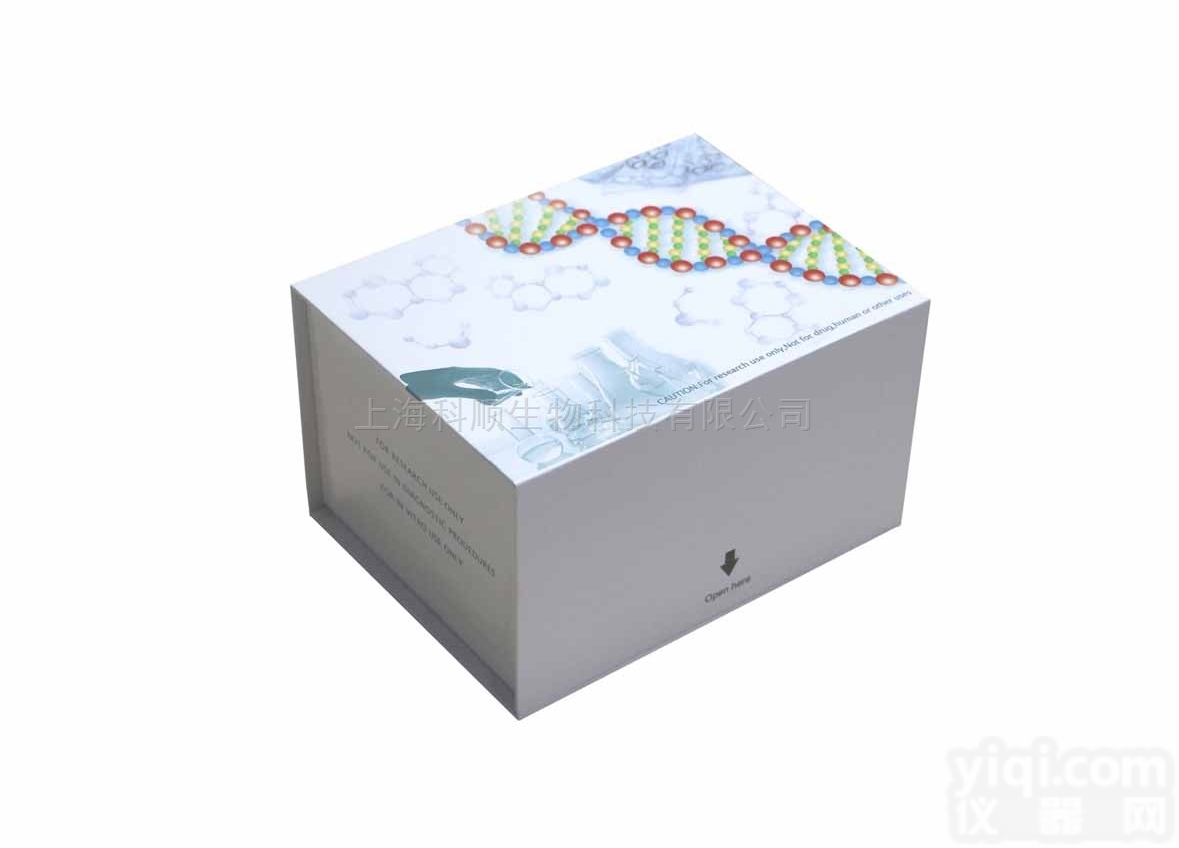Description: This Human sCD105 (Endoglin) Ready-SET-Go! ELISA Set contains the necessary reagents, standards, buffers and diluents for performing quantitative enzyme-linked immunosorbent assays (ELISA). This ELISA set is specifically engineered for accurate and precise measurement of human sCD105.
Endoglin, also known as CD105, is a 180 kDa homodimeric co-receptor for members of the TGF-beta superfamily. It is expressed on the surface of endothelial cells, subsets of bone marrow cells (erythroid cell precursors) activated macrophages, fibroblasts, human chondrocytes and smooth muscle cells and profibrogenic liver cells.
A major role for endoglin is in regulating transforming growth factor-ß-dependent vascular remodeling and angiogenesis. Endoglin expression increases during angiogenesis, wound healing, and inflammation, all of which are associated with TGFß signaling and alterations in vascular structure. Endoglin binds two isoforms of TGF-beta, TGF-beta 1 and TGF-beta 3 in combination with the signaling complex of TGFß receptors types I and II. It also is associated with the regulation of endothelial nitric oxide synthase (eNOS) activity.
Proteolytic cleavage of the extracellular domain of endoglin gives rise to soluble CD105 (sCD105), which functions to neutralize TGF-ß signaling but enhances signalling pathways involving BMP7 and SMAD1, SMAD5. Disorders in the expression of Endoglin and circulating levels of sCD105 are linked to the several disease states. Experiments in healthy nulliparous women revelaed that plasma levels of soluble CD105 (sCD105) seem to be promising as an accurate marker to herald pre-eclampsia appearance, thus allowing early diagnosis and preventive therapy. Data also indicate that the phenotype of proliferating endothelial cells of Gorham disease is similar to that of the endothelial lining of vessels of metabolically active bone characterised by high expression of CD105, while that of conventional haemangioma is more similar to that of metabolically quiescent bone tissue, such as fatty marrow, with low levels of expression of CD105. It is primarily a marker of endothelial cells expressed at particularly elevated levels in angiogenic areas such as in the placenta, tissue regeneration after injury, and tumor growth, including prostate cancer. This may have potential therapeutic and diagnostic applications. On the other hand, endoglin is rarely detected in normal epitheliums, with the exception of the inner layers of the capillaries that perform the first steps in filtering blood from the urine in human kidneys and melanocytes.
More prospective studies are necessary to confirm the effective diagnostic value of this biomarker.
 10 x 96 tests Human sCD105 (Endoglin) ELISA Ready...
10 x 96 tests Human sCD105 (Endoglin) ELISA Ready...
 sCD105厂家,小鼠可溶性Endoglin(sCD105)ELISA试剂盒
sCD105厂家,小鼠可溶性Endoglin(sCD105)ELISA试剂盒
 sCD105/Soluble Endoglin (sCD105) ELISA 试剂盒
sCD105/Soluble Endoglin (sCD105) ELISA 试剂盒
 sCD105/soluble Endoglin (sCD105) ELISA 试剂盒
sCD105/soluble Endoglin (sCD105) ELISA 试剂盒
 sCD105/soluble Endoglin (sCD105) ELISA 试剂盒
sCD105/soluble Endoglin (sCD105) ELISA 试剂盒
 小鼠可溶性Endoglin(sCD105)ELISA试剂盒
小鼠可溶性Endoglin(sCD105)ELISA试剂盒
 小鼠可溶性Endoglin(sCD105)elisa试剂盒说明书
小鼠可溶性Endoglin(sCD105)elisa试剂盒说明书
 小鼠可溶性Endoglin(sCD105)ELISA试剂盒
小鼠可溶性Endoglin(sCD105)ELISA试剂盒
 KS11029 人可溶性Endoglin(sCD105)ELISA试剂盒现货
KS11029 人可溶性Endoglin(sCD105)ELISA试剂盒现货
 小鼠可溶性Endoglin(sCD105)ELISA试剂盒说明书
小鼠可溶性Endoglin(sCD105)ELISA试剂盒说明书
 小鼠可溶性Endoglin(sCD105)ELISA测定试剂盒
小鼠可溶性Endoglin(sCD105)ELISA测定试剂盒
 Human Soluble Endoglin / sCD105 (sENG) ELISA Kit
Human Soluble Endoglin / sCD105 (sENG) ELISA Kit